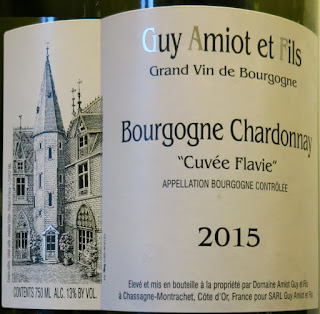- Jeroboam (Founder and first king of Israel, 931-910 BC)
- Rehoboam, son of Solomon (King of Judah, 922-908 BC)
- Methuselah (Biblical patriarch who lived to the age of 969)
- Salmanazar (King of Assyria, 859-824 BC)
- Balthazar (Regent of Babylon, son of Nabonide, 539BC)
- Nebuchadnezzar (King of Babylon, 605-562 BC)
On Mosaic, the author of this article makes a serendipitous discovery while researching "jeroboam". A breeze blew the pages of the OED that he was looking at to the entry "jorum" defined in the OED as “a large drinking bowl or vessel; also the contents of this; especially, a punch bowl”. OED added that “it has been conjectured to be the same as the name of Joram, who ‘brought with him vessels of silver, and vessels of gold, and vessels of brass’ (2 Samuel 8:10). Cf. JEROBOAM.”2
The word "jorum" was used by the Scottish. Robert Burns’s 1791 Scots dialect poem “O May, Thy Morn,” which offers the toast:
“And here’s to them that like oursel [ourselves]/ Can push about the jorum!”.
“To push about the jorum” was a Scottish expression for participating in an evening of social drinking at which a large pot of liquor was passed around a table.
But the author confesses that to go from jorum-->joram is a stretch, and to go to jeroboam is yet another stretch. So, shall the naming of large format Champagnes with the names of Biblical Kings forever remain a mystery?
Doesn't matter, if you're ever in possession of a large format Champagne, just "push about the jorum" and enjoy!
References:
1. Vintage Direct, 2.10 Making Sparkling Wine.
2. Mosaic, Why Are Extremely Large Wine Bottles Named after Biblical Kings?.




















